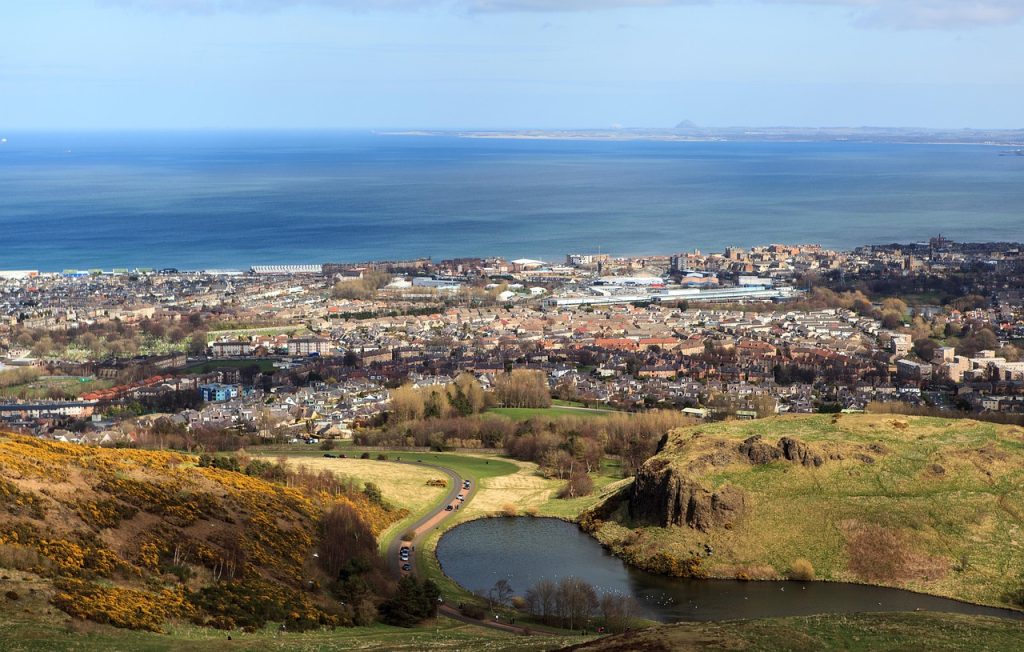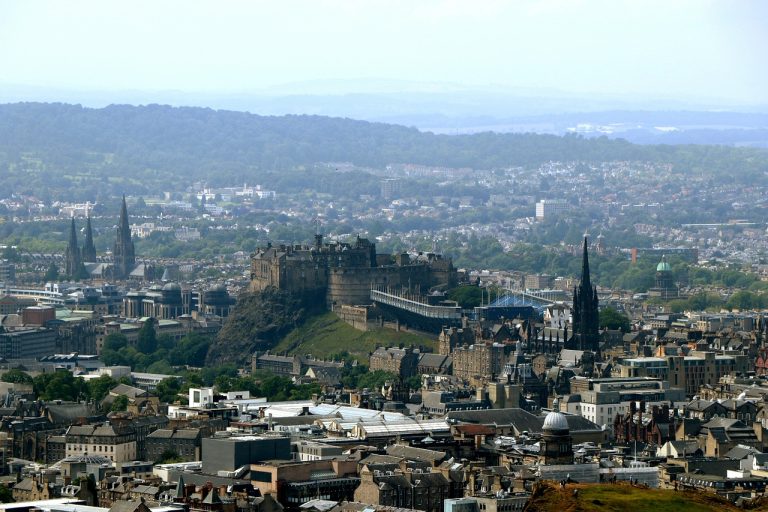Arthur’s Seat, the craggy summit rising above Edinburgh, is a place where natural beauty, centuries of history, and daily city life all converge. This year, more than ever, it has been back in the headlines—reminding locals and millions of visitors why it remains such a vital Scottish landmark.
Edinburgh’s Iconic Peak Faces Fire
On 10 August 2025, a dramatic fire swept across Arthur’s Seat, sending smoke billowing above the city and leaving a scar on this UNESCO World Heritage site. The flames, which broke out in the afternoon, forced hundreds of visitors to flee as emergency crews rushed to save the beloved hill. Four fire engines and specialist teams battled through the night to control and dampen the blaze, which covered a large area of gorse on the slopes. Police and fire services urged the public to steer clear of Holyrood Park, and thankfully, no casualties have been reported so far.
While the exact cause remains unknown, the fire comes after a period of unusually dry weather—the driest start to the year Scotland has seen since 1964. Increasingly extreme weather, combined with high visitor numbers typical for August’s Edinburgh Festival season, has heightened risks at popular sites like Arthur’s Seat.
A Magnet for Tourism and Community Spirit
Arthur’s Seat draws around two million visitors each year, making it not just one of Edinburgh’s top attractions, but one of the UK’s favourite outdoor destinations. Hikers, families, and runners flock daily to its summit for sweeping views of the city and the Firth of Forth. This August, tourism is booming as festival-goers combine city events with hill walks.
For both regulars and first-time visitors, the hill offers a taste of wild Scotland within walking distance of the Royal Mile and Holyrood Palace. Its 251-metre summit—an extinct volcano that last erupted 350 million years ago—tells the geological story of the city itself. Local legend often claims a link to King Arthur, but while historians debate the truth, Arthur’s Seat remains steeped in romance, myth, and community memory.
Challenges for Conservation and Safety
Managing a natural landmark within a thriving capital city is no simple feat. Years of increased footfall have caused visible wear and tear, with popular routes suffering from significant erosion. Holyrood Park managers and conservationists are working to protect both the environment and the experience for visitors.
Recent conservation projects have included trialling new approaches to grassland management and encouraging the return of native wildflowers and species. Cattle grazing, previously used to restore rare meadows around the hill, combined with ongoing education campaigns, underline the park’s importance for biodiversity.
Yet, as the 2025 fire has starkly revealed, there are persistent tensions between public access and environmental safety. Overcrowding, particularly during busy events and hot, dry spells, increases fire risks as well as pressure on footpaths and nearby habitats. Local authorities and park rangers have appealed for responsible tourism—asking visitors to stick to marked trails, take waste home, and avoid lighting any fires or barbecues within the park.

Conservation, Crowds, and Responsible Access
The wildfire is only the latest in a series of environmental challenges at Arthur’s Seat. Holyrood Park managers and conservation specialists have been implementing updates through 2025, including repairs to footpaths like the Radical Road and new measures to stabilise risky rock faces. Exclusion zones and ecological surveys aim to balance visitor safety against efforts to protect biodiversity and sensitive habitats.
As an urban green space, Arthur’s Seat faces the pressures of “overtourism,” particularly during peak festival seasons and school holidays. Edinburgh hosted nearly 5 million overnight stays in 2023, with international numbers growing steadily post-pandemic. This popularity increases wear on the landscape, forcing local authorities to adopt more proactive conservation and public safety strategies.
A Place of Learning and Wellbeing
Arthur’s Seat has long been a classroom without walls. School groups, university researchers, and amateur naturalists all study its rocks, rare plants, and sweeping ecosystems. The rolling landscape also supports vital mental health and wellbeing. Many Edinburgh residents cite daily walks or runs up Arthur’s Seat as a way to de-stress, stay active, or simply find inspiration above the city.
There is a growing focus on “green tourism” here, as both the Scottish Government and local authorities try balancing popularity with preservation. Public campaigns encourage off-peak visits to reduce overcrowding and ongoing community projects foster a culture of stewardship and sustainability.
The Future: Protecting Edinburgh’s Natural Crown Jewel
The events of this summer have only underscored how important Arthur’s Seat is—for Edinburgh, for Scotland, and for visitors far beyond. Fires and rising visitor numbers will test how the city and its people protect their “green lung”. But the public’s response to recent events—showing care, heeding public safety warnings, and supporting conservation efforts—reveals why Arthur’s Seat stands as more than a physical summit.
It is an enduring symbol of Scotland’s blend of wildness and welcome, ancient history and daily renewal. Whether for dramatic festival-season hikes, quiet moments with the skyline, or adventurous family climbs, Arthur’s Seat continues to reward those who treat it with respect. At the heart of Edinburgh, it remains a vital, wild, and beloved place—one that must be protected for generations yet to come.
Read more: leicester city


